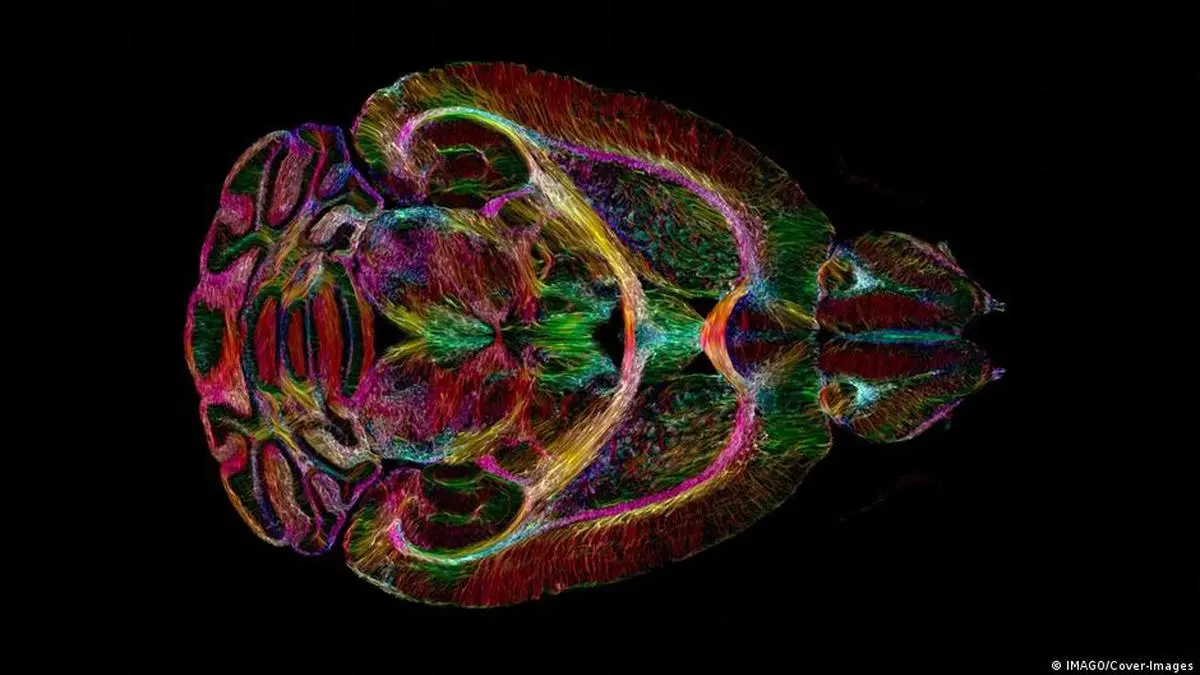Unravelling the Mysteries of the Human Brain: A Detailed Look at the Brain and What it's Made Of
Key Highlights :

In a massive effort to understand the human brain, scientists have revealed highly detailed atlases of the brain—published through a suite of 21 papers on October 12. The new studies tackle how our brains operate at the cellular level and provide a leap towards understanding brain diseases. Experts say the studies will help further our understanding of the brain and mind, and solve mysteries around diseases like Alzheimer’s disease, schizophrenia, and depression.
The studies are part of the US-led BRAIN Initiative, which aims to uncover the mysteries of the brain. It’s one of several multi-billion-dollar projects around the world aimed at creating comprehensive brain atlases. These brain projects are neuroscience’s version of the human genome project, which successfully mapped the first complete human genome in 2003, or NASA’s James Webb Space Telescope, which is changing our understanding of the universe.
Anatomists have spent centuries creating atlases of the brain—mapping its subdivisions, folds (gyri) and grooves (sulci) for centuries. Newer techniques have shown us beautiful images of the cellular structures of the brain’s inner regions. But our understanding of the brain was fragmented. The anatomical maps lacked information about how the cells functioned. This functional information lacked precise spatial details.
More recently, neuroscientists turned their efforts to understand how these brain cells, and the regions they are in, function—how they contribute to emotions, vision, or pain, or to disease states like schizophrenia or dementia. “We didn’t have a comprehensive view of a normal brain with enough detail to help us understand brain diseases. We’re now getting closer to this,” said Patrick Hof, a neuroscientist at Icahn School of Medicine at Mount Sinai, New York, US, who led one of the BRAIN Initiative studies.
What’s new about this initiative is that it connects the brain anatomy with the function of its cells. “It’s a first dive into deeply understanding the human brain at the cellular level,” said Joseph Ecker, a biologist at the Salk Institute, La Jolla, US, who led one of the 21 studies.
Each study helps to create different cartographies of the brain, with each map providing complementary information about the brain. The maps tackle the brain at different scales—from genes to cells, to cellular structures, to larger brain regions, and finally the brain as a whole. These maps integrate our varied knowledge about the brain and will be critical for unravelling its complexity.
Ecker’s study, for example, created a highly detailed map of gene expression in different cell types in the brain, creating “bar codes.” He also tracked how they change during development. It highlighted tremendous diversity in cells of the brain. Hof’s study, meanwhile, created a Google maps-like tool of Broca’s area; a region of the motor cortex that controls speech and language.
While the BRAIN initiative is “blue sky science” aimed at open discovery, scientists hope the research will eventually help to understand and treat brain diseases. “Treating diseases is absolutely our end goal. But to understand brain diseases, we first need to know what’s happening in a normal brain. That’s our aim here,” said Hof.
What’s important here, Hof said, is that we create atlases of the brain through its development—from fetal stages to old age. Only then can we fully understand what went wrong in the brain. “It means we can understand what happens in developmental disorders like autism spectrum disorders, psychiatric diseases like depression and schizophrenia, and neurodegenerative diseases like Alzheimer’s disease and Parkinson’s disease,” he said.
Ecker is also hopeful the studies will help create new applications to treat these diseases. “It means we can create new tools to target the cell types that are affected in a certain disease. For example, it can help us to create better gene therapies that treat Alzheimer’s disease. The treatments would be very specific,” said Ecker.
While the studies are helping to integrate our fragmented knowledge of the brain, the BRAIN initiative itself has helped to integrate the fragmented neuroscientists community. “It was both a scientific and cultural shift for so many neuroscientists to work together on a project the same scale as the human genome project. It’s working pretty well and there really aren’t any arguments. That’s a story in itself,” Ecker said. Collaboration between the other brain projects in the EU and Japan has also been successful, where open-access data and tools are helping scientists move towards the common goal of treating brain diseases.
“We are taking away boundaries between different disciplines in neuroscience. It’s a tremendously important aspect that’s opening doors to new discoveries,” said Jan Bjaalie, a neuroscientist at the University of Oslo, Norway. He is the neuroinformatics leader of the EU-funded Human Brain Project, the European counterpart to the BRAIN initiative. Bjaalie, who was not part of the 21 studies from the BRAIN Initiative, said they were an “outstanding contribution” to brain mapping efforts.
The new studies are currently a first draft of the human brain. The BRAIN Initiative aims to present its first complete atlas of the mouse brain in early 2024, with the human brain to follow in later years. “The reason for these brain projects is the
